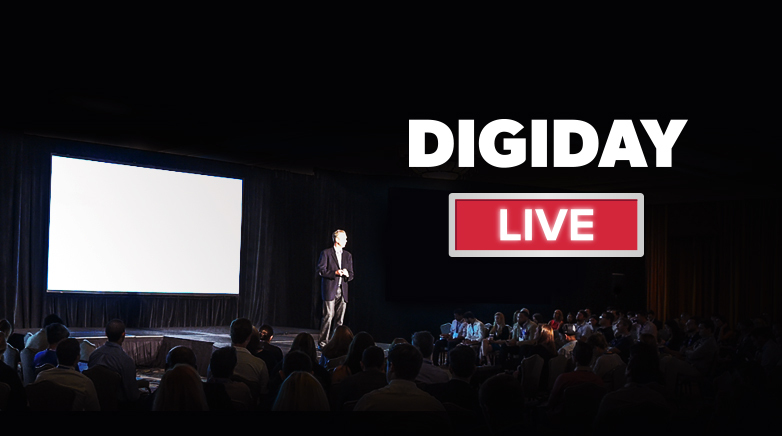New York Times’ Jean-Christophe Demarta: Publishers need to get back to long-term thinking

Subscribe: iTunes | Stitcher | RSS | Anchor
Behind the big headlines of The New York Times’ ongoing success with the subscription business, the advertising business continues to power through, albeit the slow dips. But there are a lot of new tricks that the European team has had to deploy to keep the conversations with marketers going. At the Digiday Publishing Summit Europe, held in Barcelona, Spain from Oct. 15-17, Jean-Christophe Demarta, senior vice president of global advertising at The Times, says it doesn’t just require a change in approach but a lot of monetary investment.
“We pour dollars in our products and our engine and newsroom. We need to spend far more money to show how efficient we are as a medium,” said. “We think the medium and context we provide is better for ads. We can be challenged on that but the long-term memory of an ad is what we need to be working on.”
In our latest episode, Demarta discusses how The Times has experimented and changed their ad team operations to build a powerful advertising business and more. Edited highlights below.
The newspaper-marketing equation has changed.
“Marketers are not there to save us. They are there to sell products and services, and we have to prove that we are efficient for marketers. Today, they have an array of options, and we are only one of them. The ad dollars are stretched. We were kind of protected for a long time because launching a print business overnight is hard. Launching a website can be done overnight. Pricing is the same, whether you are an expensive production or just an average player. We shouldn’t lose sight of that regardless of whether we go after performance or branding. On the performance side, we were a medium for both. Newspapers were it, 30 years ago. If you wanted to sell something or drive traffic to your store, newspapers were it. We should focus on brand marketing. But we have to show it works because platforms are also starting to tell advertisers that they are good for advertising as well.”
The competition with platforms.
“We’re still obsessed with clicks even after years of digital marketing. The first approach as publishers is to change the conversation. There are very few companies like Unilever who say they will make platforms accountable. Viewability levels on Facebook and Instagram. Yet marketers still spend money with them. There’s a paradox that we need to change. When you look at how marketers measure ad effectiveness, you find increased sales come on the top. Increased brand awareness [in high up as well] but everything else is about clicks and immediate social engagement. So of course, marketers today feel like this is what they have to do. So they’re shifting dollars to these platforms. There is pressure to deliver instant results.”
Measuring emotions to provide data to marketers.
“We introduced Project Feels at the New York Times to try to measure emotions people feel when they read articles. We asked people to tell us how they felt after reading a story. We collected these data points and created predictive models for articles we produce, so we can allow marketers to target for or against certain emotions. We need to spend money on long-term ad effectiveness, impact and branding. I don’t think there’s any other way to get our advertising business back on track.”
Life after GDPR.
“We turned off all open exchange feeds when GDPR came around, and we just opened it back [up] a few weeks ago because Google has come back with new products to be able to contextually target our pages. We’re still testing. We turned off [the open exchange feeds] because we don’t want our readers to feel like they used to be asked whether they want to see this content or not. We want them to feel good when they say ‘yes’ — they want to subscribe. Advertising should not be the primary concern. This has not had a negative impact on our business so far.”
More in Media

What publishers are wishing for this holiday season: End AI scraping and determine AI-powered audience value
Publishers want a fair, structured, regulated AI environment and they also want to define what the next decade of audience metrics looks like.

Media giant Essence launches a marketplace for Black women-led brands
Essence has launched WeLoveUs.shop, a new online marketplace dedicated to Black women-led brands.

In Graphic Detail: The state of AI referral traffic in 2025
The stats reveal a new audience pipeline forming outside of traditional search and social platforms.








